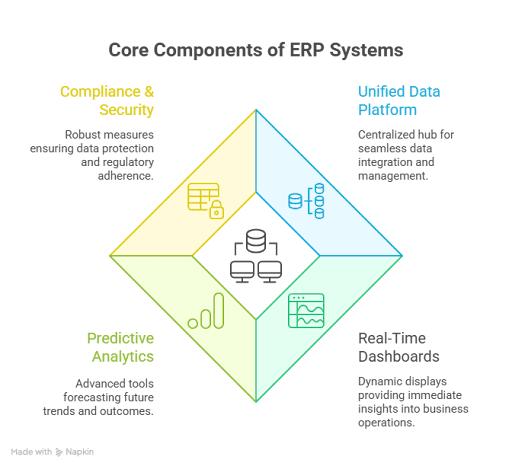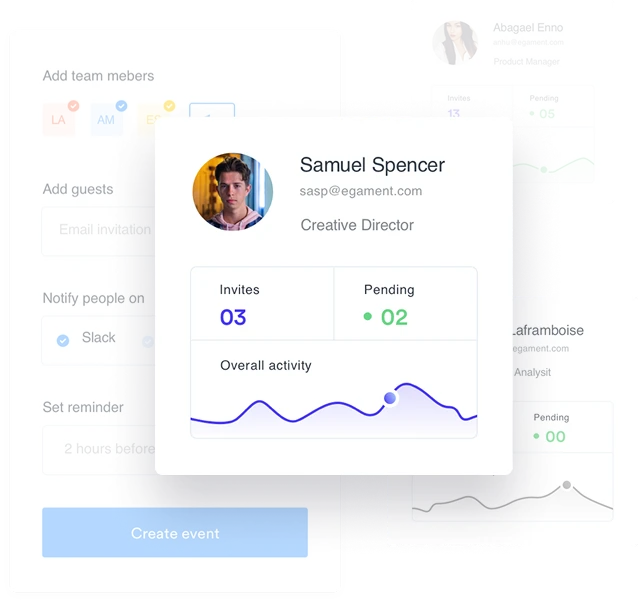In the heart of the Middle East, higher education institutions are undergoing a silent revolution — one powered by data. From admissions to alumni engagement, every touchpoint now generates information that could transform how universities operate.
But here’s the challenge: most of this data remains trapped in silos — scattered across spreadsheets, paper files, and disconnected systems. The result? Missed opportunities for smarter decisions, faster operations, and personalized student experiences.
As the saying goes, “data is the new oil.” Yet, like crude oil, it holds little value unless refined. That’s where a powerful Education ERP — like Academia Student ERP — steps in, transforming raw data into actionable intelligence that drives institutional excellence across the Middle East’s fast-evolving higher education landscape.
Despite rapid modernization, universities in the Middle East face persistent challenges when managing their data:
A 2024 PwC Middle East Education Outlook revealed that over 65% of regional universities cite “poor data integration” as a top barrier to digital transformation.
Without an academic ERP or college management system, institutions struggle to make informed decisions, optimize resources, or proactively address student needs.
Impact: Delayed reports, administrative inefficiencies, and missed opportunities to improve student engagement and retention.

Imagine turning all that scattered information into a single, actionable source of truth. That’s exactly what a student management system or university management system does. Here’s how ERP for higher education solves the data dilemma:
By refining raw data into insights, college ERP and academic ERP solutions allow universities to move from reactive management to strategic decision-making.
The global EdTech market is booming, and analytics sits at its core. Key insights for Middle Eastern institutions include:
These figures highlight a clear trend: universities investing in education management information systems and higher ed ERP gain measurable improvements in both administration and student success.
Consider a leading UAE university struggling with decentralized academic records. Departments maintained their own student information system software, making performance monitoring and attendance tracking slow and error-prone.
After implementing Academia Student ERP, the university achieved:
The next frontier is AI-enabled academic ERP. Imagine a campus where a Dean asks, “Which courses are experiencing low attendance this month?” and the system instantly delivers actionable insights.
With training management software, student academy management systems, and college software integrated, universities can:
ERP for higher education is no longer just about managing operations — it’s about shaping the future of learning and administration.
Data is the most valuable resource a university holds, and without the right systems, it remains underutilized. By adopting student ERP, college management software, or university ERP, institutions in the Middle East can transform scattered information into strategic insights, optimize resources, and improve student outcomes.
Actionable takeaway: The universities that refine their data through academic ERP solutions today will lead the region’s knowledge economy tomorrow.
CTA: Discover how your institution can leverage Academia Student ERP and other education management systems to unlock the full potential of data and drive smarter, more strategic decisions.

Experience Academia – Your partner in transforming campus operations, a trusted all-in-one ERP/SIS solution.
Get the latest insights, trends, and updates delivered straight to your inbox!
